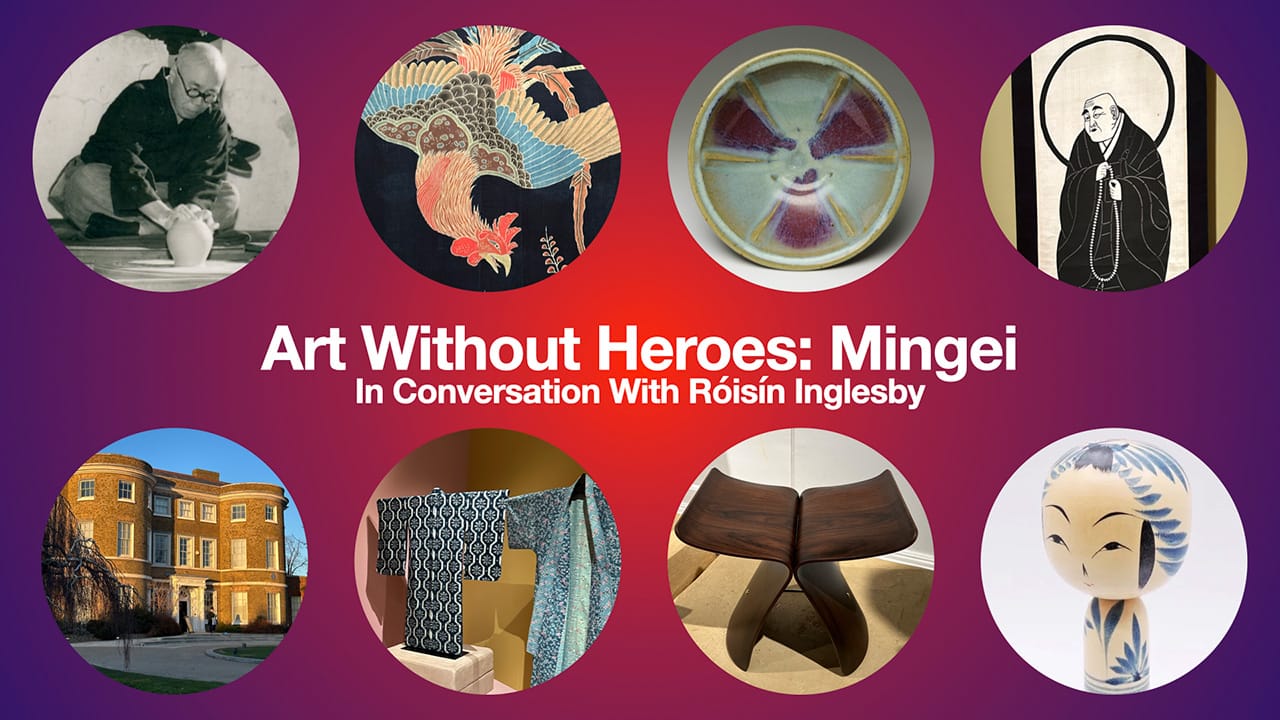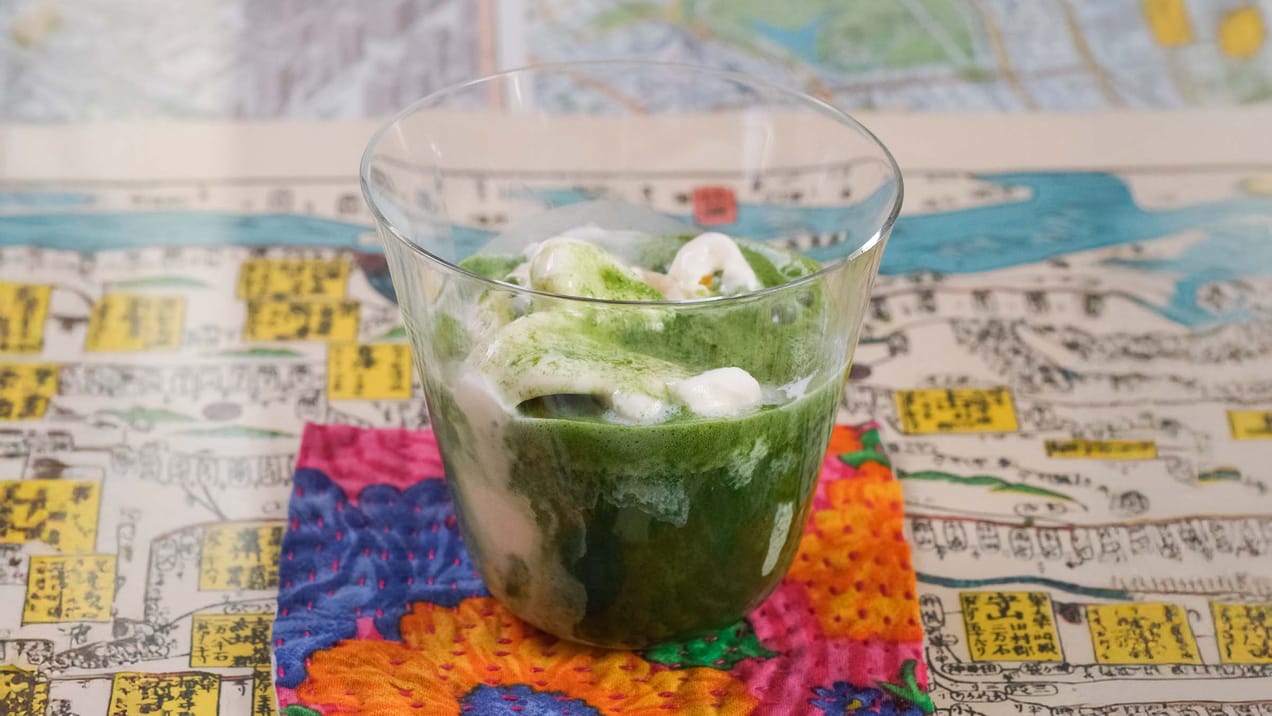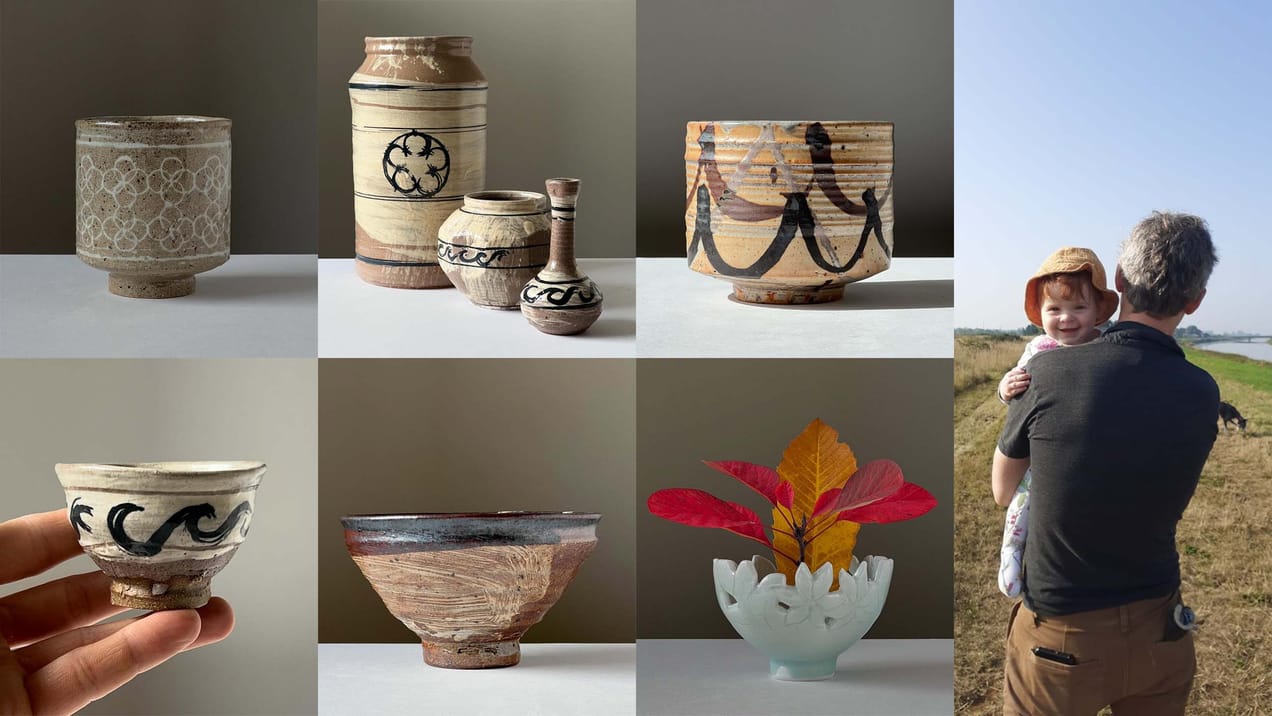
Art without heroes: Mingei with Róisín Inglesby
On Friday 14 June 2024 I hosted an online session to dive into Japanese folk-craft culture.
The William Morris Gallery in London is hosting the brilliant exhibition: ‘Art Without Heroes: Mingei’ (running until 22 September 2024), so I invited the curator, Róisín Inglesby, to discuss five of her favourite stories behind the objects and the people being presented and the influence of Mingei craft culture in today’s world. We also touched on how Mingei relates to the work of William Morris who once stated that one should “have nothing in your house that you do not know to be useful, or believe to be beautiful.”
‘Mingei’ refers to the folk-craft movement that grew in Japan in the 1920s and 1930s spearheaded by philosopher and critic Yanagi Sōetsu and a series of influential makers like the potters Bernard Leach, Hamada Shōji and Kawai Kanjirō. They highlighted the work of unnamed makers that allegedly represented a simpler way of life through their functional aesthetics, and was in contrast to the rapid industrialisation of the country.
The exhibition at the William Morris Gallery does an excellent job of exploring the origins of the movement and its influence on craft and manufactured products, as well as how these were/are consumed. It also offers a critical view into some of the aspects of Mingei that are worth revisiting, such as the tension between craft and capitalism, the relationship with the colonialist expansion of the era, or the effect of the anonymity of the makers. As Róisín points out in the publication that accompanies the exhibition, "Anonymous objects are disproportionately made by women, the poor and other marginalised groups; attaching a name can therefore be an act of restitution, rescuing a maker from the unmarked grave of a forgotten attic or museum store."


